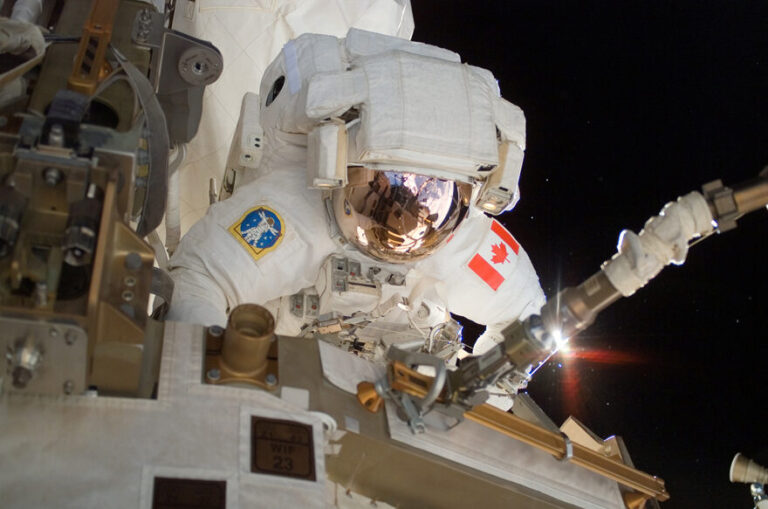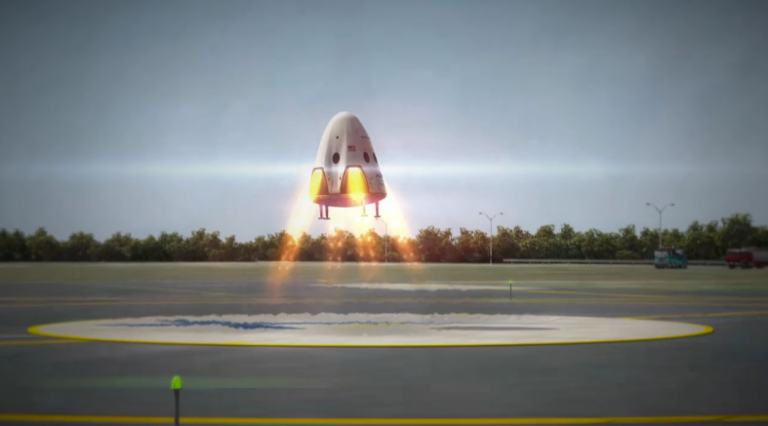NASA New Horizons Mission Spots Ice And Snow On Pluto
Posted on Jan 16, 2017January 16, 2017 Image Credit: NASA / Southwest Research Institute
Also Check: Alien Megastructure Mysterty Solved
The features, known as penitentes, had only been seen on Earth until now and the discovery will certainly change the way we look at Pluto. The features were found in Pluto’s Tartarus Dorsa Region; a peculiar mountainous region that has excited astronomers and scientists.

“Penitentes are snow and ice features formed by erosion that, on Earth, are characterized by bowl-shaped depressions several tens of cm across, whose edges grade into spires up to several meters tall. They have been suggested as an explanation for anomalous radar data on Europa, but until now no penitentes have been identified conclusively on planetary bodies other than Earth.” – Dr. John Moores – York University in Toronto.
NASA’s New Horizons spacecraft looked at Tartarus Dorsa in 2015 and sent back the relevant data to Earth. The images created showed penitentes at high-altitude; something that hadn’t been seen anywhere else we’ve looked.
“Conditions at Pluto are particularly suited to the creation of large penitentes. The Plutonian atmosphere is extremely stable, as shown by the presence of fogs in images and gravity waves consistent with wind speeds of a meter per second or less and as predicted by numerical models that argue for negligible horizontal surface wind speeds close to zero, never more than a few meters per second and often much less.” – Dr. John Moores – York University in Toronto.
Dr Moores continued to explain the findings:
Furthermore, the surface is composed of volatile ices, primarily nitrogen and methane ice, close to their sublimation temperatures, that are retained in the Plutonian system on long timescales owing to cooling in the upper atmosphere that limits atmospheric escape. Finally, low pressures observed by New Horizons imply a long mean free path for molecular diffusion, increasing the thickness of the near-surface laminar sub layer, a thickness that affects the spacing of penitentes. The ridges are much larger as compared to their meter-sized earthly counterparts. This gargantuan size is predicted by the same theory that explains the formation of these features on Earth. In fact, we were able to match the size and separation, the direction of the ridges, as well as their age: three pieces of evidence that support our identification of these ridges as penitents. The presence of penitentes on Pluto suggests that stable dynamic conditions and relatively high pressures are required to create these features and suggests that they may form elsewhere in the Solar System where the atmospheric conditions are appropriate.”





